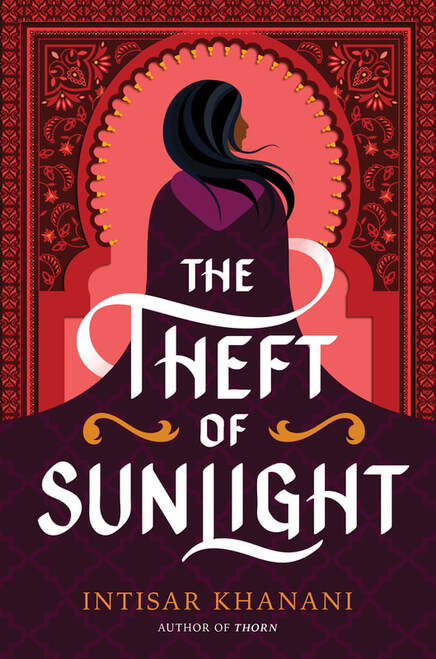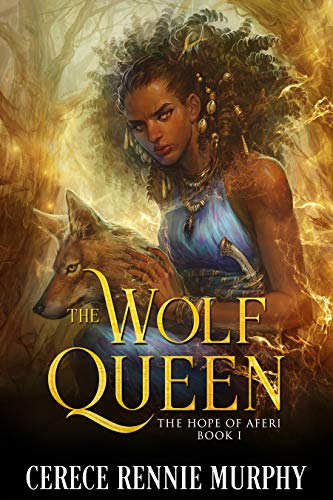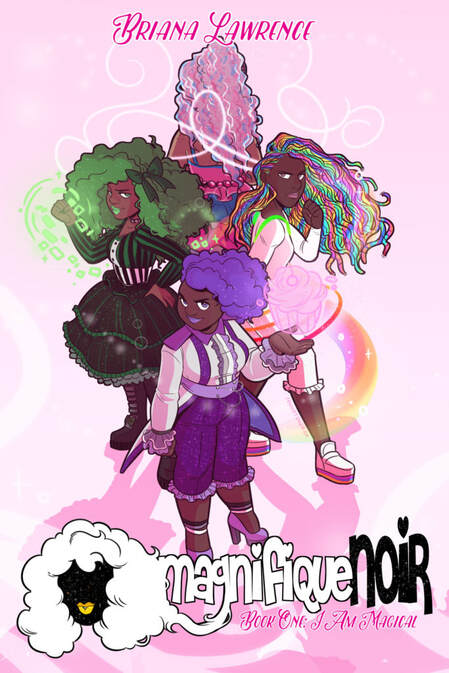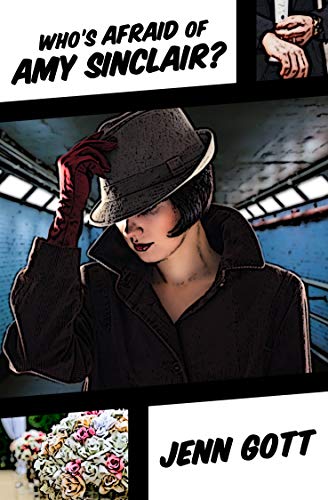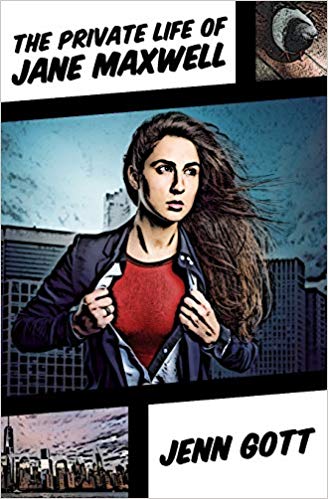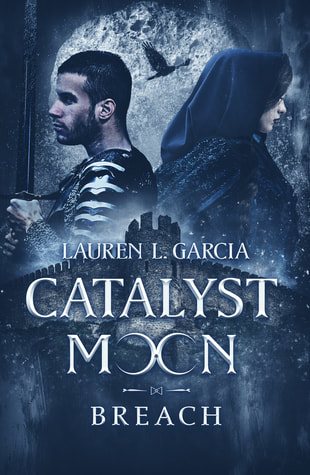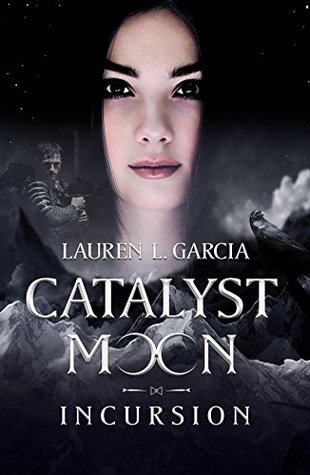I got an early look at Intisar Khanani's new fantasy release with HarperTeen! It officially launched this week, so if you're itching for more of her refreshingly unique take on high fantasy, you can jump right in!
Book Review:
Dauntless Path #1: The Theft of Sunlight
Intisar Khanani
HarperTeen, March 23rd, 2021
Grade: A
(I received an advance copy via Edelweiss)
The Basics:
Amraeya has lived her whole life under the unspoken terror of the Snatchers, knowing that the people she loves could disappear at any moment, and that if they do, no one will even dare look for them. Born with a clubfoot, Rae herself has enjoyed the dubious privilege of being considered an unappealing target, but even that won’t protect her if she starts asking too many questions.
When a child is taken from her village on the same day that she receives an invitation to attend the royal wedding, she decides to take a chance and petition for help from the highest power in the kingdom of Menaiya.
The Downside:
Without spilling any spoilers, The Theft of Sunlight ends on a pretty extreme cliffhanger. It still feels like the end of a complete installment in a bigger saga, not just an arbitrary stop in the middle of a story that hasn’t really gone anywhere yet, so it doesn’t bother me. Still, I know that’s something that a lot of readers prefer to be warned of in advance, so there it is.
The Upside:
Khanani leads us through Menaiya with her usual sharp confidence and vivid descriptions, using high fantasy convention to deepen the atmosphere but never being confined by it. Rae has to navigate courtly drama, street-level criminal syndicates, religious corruption, and culture clashes far more subtle and complicated than those so often explored among the standard Tolkienian fantasy beings, all in the course of a (sadly) timeless and grounded human trafficking investigation. Every detail is purposeful, never recycled unexamined from the genre’s stock motifs.
While the mystery adventure has its thrills, the real heart of the story is the friendship that develops between Rae and Princess Alyrra (the same princess from Thorn, which is advisable but not required pre-reading). At first, through Rae’s eyes, Alyrra is an impossibly distant and powerful figure whose support would solve all her problems, but as those who’ve read Thorn already know, Alyrra is an unwanted princess of a small outlying kingdom, now happily engaged to Menaiya’s prince but still as much of an outsider to its court as Rae herself. The two bond over their uncompromising passion for justice, learn to prop each other up, and challenge each other’s assumptions about their own power or lack thereof.
Recommended for anyone looking for interesting new high fantasy universes to explore.
